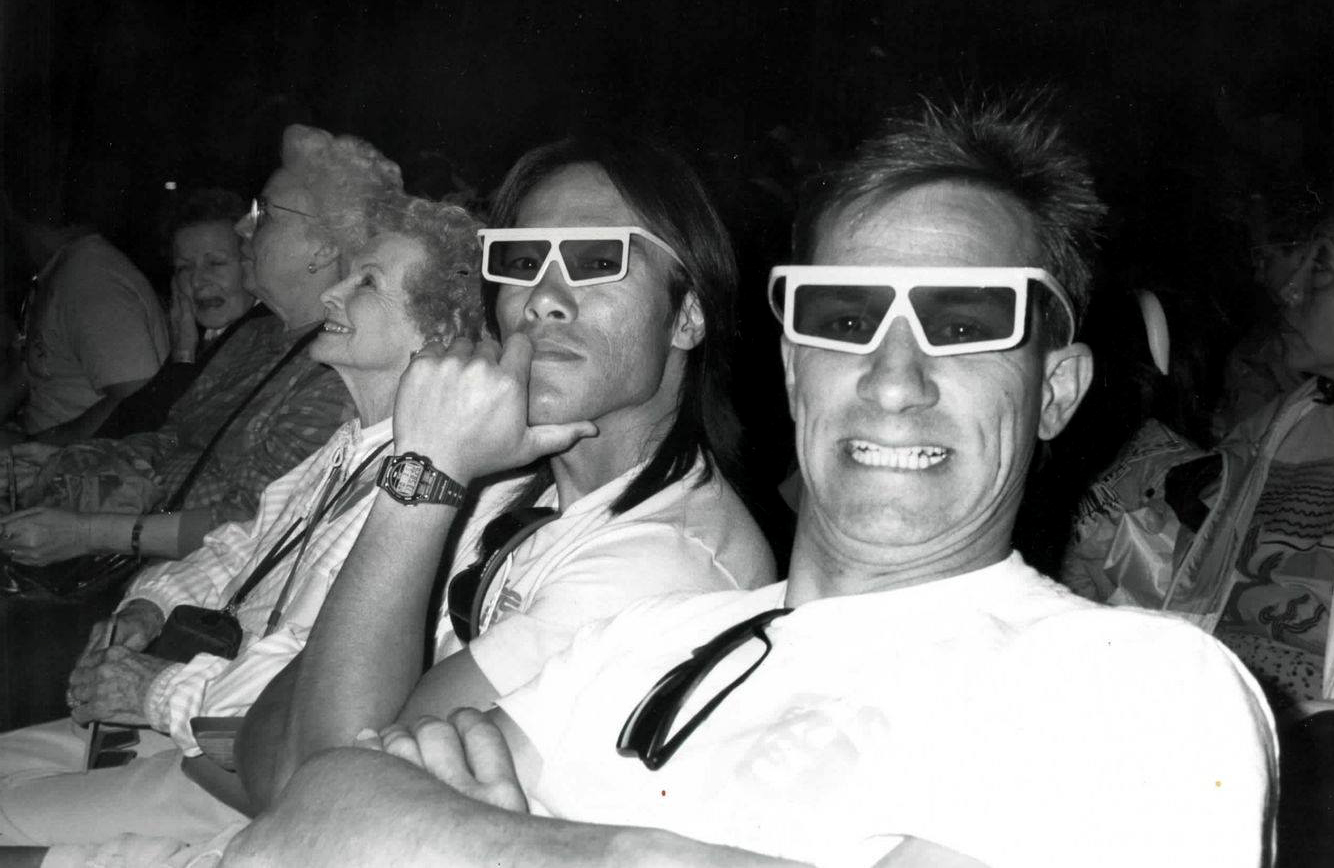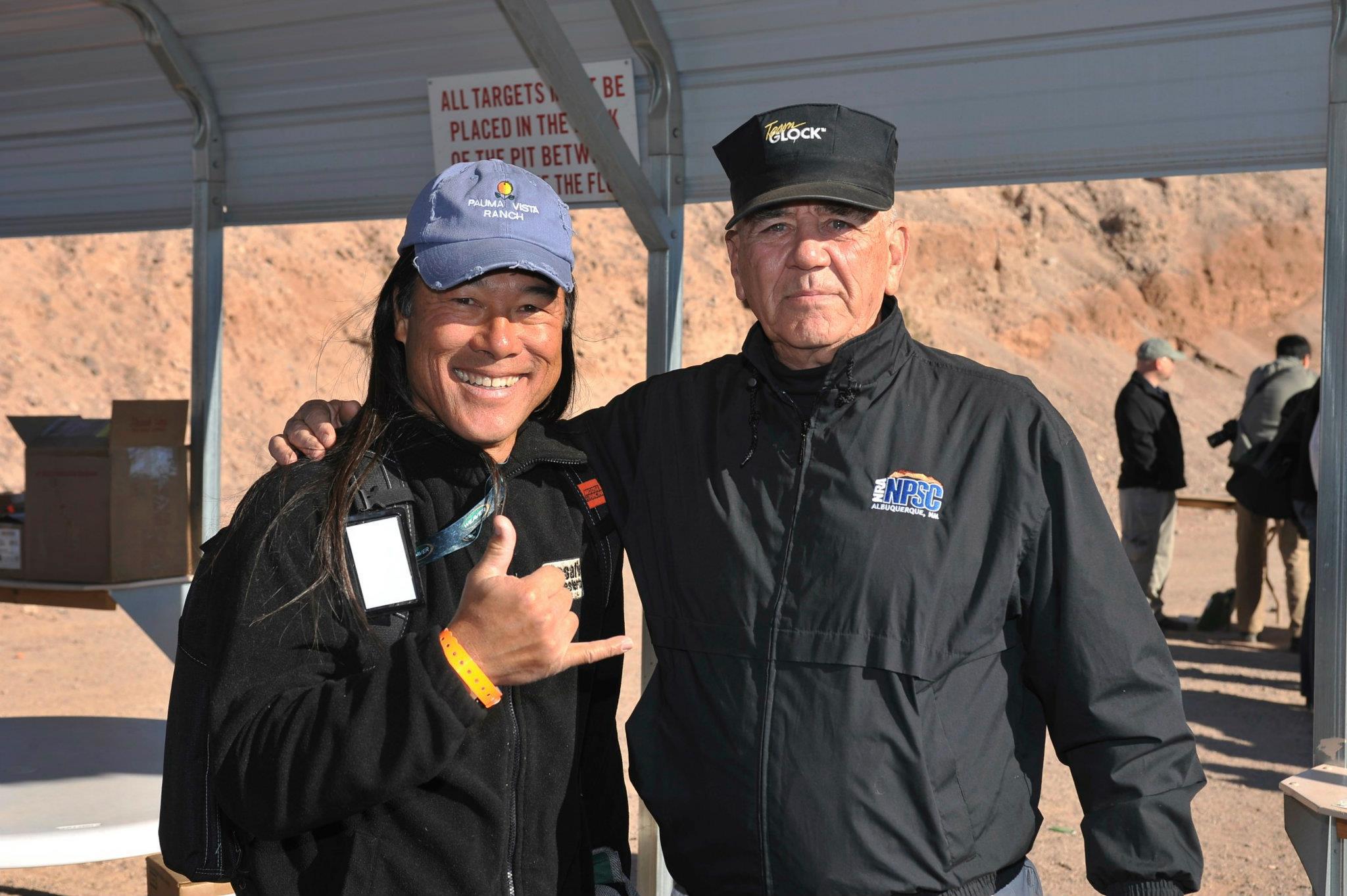Global Camouflage: The Mark Kariya Story
Jerry Bernardo photo.
By Jerry Bernardo
I’ve known world-renowned off-road moto-journalist Mark “Kato” Kariya for over 30 years, in that time sharing bad motel rooms in Mexico, gnarly trails in New York state, fast times in Finland and much more.
The battle-ready, often crouching, photo-snapping, Asian assassin of off-road is well known across the global moto-platform, loved by many with equal measure.
Kato’s smiling, casual demeanor is a breath of fresh air in the money-grubbing media’s ongoing battle for domination and supremacy. Kato has old-school work ethic, does the hard yards and knocks out the stories week in and week out. From the day that former AMA National Enduro Champion Kevin Hines dragged Kato to my door in order to pick me up for another cliché nasty New England hare scramble in 1990, we’ve been in brothers in arms, though he may beg to differ.
During his recent visit to my home here in Australia, I grabbed my recorder and extracted the inside scoop from a guy who is always on the other side of dusty bedtime stories, bouncing off a variety of topics. I did, however, find it quite difficult to interview him in between mouthfuls of my world-class crispy, homemade pepperoni pizza that he consumed zestfully if slowly.
Dirt Buzz: After graduating USC (University of Southern California) with a degree in journalism, you began your career in moto-journalism. How long has it been now?
Mark Kariya: If I answer that correctly, it’ll make me look really old (laughs), but if you want to know the specifics I graduated USC in 1978 and I started my career at Cycle News in January of 1980.
DB: I see that you have taken over the southwest corner of the off-road market covering all kinds of races. What did the OMA folks have to do to get you to head east to cover their races?
MK: They had a really fun series and the courses were always all-new, single-track emphasis and really nice woods racing. They had some notable guys doing their series, so it wasn’t a big stretch for me to sell it to my various media clients.
Kariya at ISDE Slovakia. Offroad Paparazzi photo.
DB: Your love for the ISDE is well known. Do you have one country that you personally favor the race to be held in?
MK: I always liked Australia because it’s kind of easy when communicating with people, the food is pretty similar, and the people are, of course, great. To me the traditional ISDEs are always in Europe because there’s just something about racing in Europe: They have all the transfer sections in city streets and grass tracks on cool grassy hillsides—it’s just tradition.
DB: Off the top of your head, what was the most outstanding performance from an ISDE rider that you can recall?
MK: My first one was in Elba, Italy, in 1981. (Elba is an island off the western coast of Italy.) Since then I have only missed two. I think, coming up into Chile this year this would be my 34th or 35th ISDE. In so far as outstanding performances Stéphane Peterhansel from France overalling like five of these things. He was a superb grass track rider, so smooth. He is at the top of the list because he was the man.
DB: Here is a tough question: writing or shooting pictures. If you had to give one up, what would go away?
MK: That’s kind of tough. Probably writing; a lot of times it is tougher. I’m not a natural writer. Sometimes it’s awkward for me to get into a flow on a story and have it come dancing off my fingers, whereas photos, you plan it, shoot it and it either works out or it doesn’t.
Kariya ripping at the FAHQ 30th anniversary reunion. Offroad Paparazzi photo.
DB: Your close personal friends know that one of your hobbies is associated with firearms. On your rare weekends off you sometimes take classes that tie into that genre. What kind of classes have you taken?
MK: I haven’t taken as many classes as I’ve wanted to because training and education is a continuing process and one that you should always be involved in for any sport or hobby. I have gone to a number of different schools of instruction and instructors. The class topics have ranged anywhere from “introduction to sub guns,” which was basically a one-day Uzi class, to a lot of handgun classes, combat medicine, man tracking, precision rifle, night operations carbine and shooting from vehicles.
DB: So basically, you think the world is going to end.
MK: Well, if it does I want to be prepared (smiles).
DB: What other motorsports do you follow?
MK: I follow almost all of the motorcycle-related disciplines, and naturally, off-road is my favorite. I also love trials, motocross, supercross, flat track—I used to race speedway. In fact, the first race I ever saw was a TT scrambles that my cousins were racing. That basically turned me onto wanting to be involved with racing somehow. I also love MotoGP. I don’t follow the four-wheeled racing as much.
DB: How about pit tootsies?
MK: Gotta love them!
DB: If you could wave a magic wand and change one thing in this entire crazy world, what would it be?
MK: People need to be able to listen to the other side and have an open mind because what you are taught or what you believe in, what you may have heard, often times may not be true. There is always another viewpoint out there. Also, listen to facts and don’t base your decisions on emotions.
DB: Who is the rider that you most admire?
MK: Johnny Campbell was always great to work with whether it was interviews or photo shoots. He was such a professional; he would give you detailed answers for any interview and if it was a photo shoot he was doing, he had done enough of them over his career that he knew the bike needed to be going as slow as possible while still looking cool—that way the better chance for success when shooting photos.
Lifelong friends Kariya (left) and the author, Jerry B. Photo: Bernardo archives.
DB: Can you explain why you wear your trademark combat boots and military-style garb when you cover events?
MK: It actually was born out of my thrifty nature: Army surplus stuff is usually cheap and I don’t mind getting it dirty.
DB: Please finish this sentence: “The motorcycle industry needs ______.”
MK: More younger riders coming into the sport. The demographics of motorcyclists, in general, are getting older and older, and while the older demographic has more money, that does not bode well for the future of the sport, because without a younger element coming into things, then it will just wither and die—maybe not completely because there will always be some kids who’ll ride. Nowadays with kids being glued to phones and doing the easy thing on their couch, it just doesn’t seem like kids are getting outdoors and doing things. This is true in a lot of sports, but especially in off-road motorcycling. It’s not easy; you have to pack up your bike, load up all your gear, get in the truck, drive an hour or two, maybe three.
DB: Okay, final bonus-round food question (Kato is well known for his love of food): Crème brûlée or hot chocolate-chip cookies?
MK: Hot chocolate-chip cookies, hands down!
Kariya at the range with the late R. Lee Emery. Photo by Victor "Snakemannn" Wolder.






